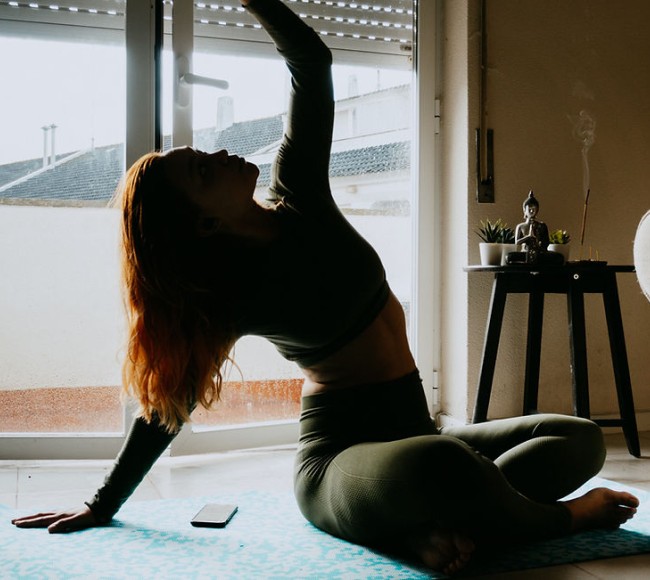
Muscle cramps are rarely serious. However, they can make it difficult to enjoy your
morning run or get a restful night’s sleep.
Most adults experience cramps at least occasionally. They occur when muscle fibers contract involuntarily. The areas most frequently affected include your legs, back, hands, feet, and abdomen.
You’re probably familiar with the sudden tightness and pain. You may also notice a lump or twitching under your skin. The sensation can be mild or severe. It may last a few seconds or much longer.
There can be a wide range of triggers, each requiring its own different solution. Learn more about how to prevent and treat muscle cramps.
Preventing Muscle Cramps:
Sometimes your muscles can spasm for no obvious reason. More often, you can avoid activities that are likely to cause cramps or make the symptoms worse.
Try these solutions:
1. Pace yourself. Overexertion while working out is one of the most common
situations where cramps occur. Start off slow and increase the intensity
gradually. Be especially careful on hot days when your body perspires more.
2. Warm up. Spend your first ten minutes preparing your body for exercise. You
might walk in place and swing your arms. You can also do reps with light weights or any gentle movement similar to what you’ll be doing for the rest of
your session.
3. Cool down. How you end your workouts counts too. Give your body time to
adjust back to a resting state.
4. Stretch your muscles. Training for flexibility reduces the risk of cramps. You
can do stretching exercises during your cooldown or any time your muscles are
adequately warmed up. Stay within a comfortable range of motion and hold
each stretch for at least 15 seconds.
5. Drink water. Your body needs to stay hydrated. Drink water before, during,
and after exercising. Sip it throughout the day, along with herbal teas. You can
also eat foods high in water content, which includes most fruits and vegetables.
6. Monitor electrolytes. When you perspire, your body loses essential minerals as
well as water. Consume foods and beverages that contain calcium, potassium,
and magnesium. You may also need supplements.
7. Limit caffeine. Cutting back on coffee may help too. Check labels for caffeine
levels in other products like energy drinks and chocolate.
8. Take extra care. There are times in life when you may be more prone to cramps. Your muscles are more vulnerable when you’re pregnant and as you grow older.
Treating Muscle Cramps:
Patience and self-care are usually enough. However, there may be times when you need medical care, or want to find quicker relief for muscle cramps.
Use these strategies:
1. See your doctor. Get a checkup if your cramps are frequent, severe, or
accompanied by other symptoms like numbness and weakness. In rare cases,
these could be signs of spinal damage or other issues that need treatment.
2. Consider medication. Your doctor may prescribe muscle relaxants temporarily.
It’s also important to let them know if you take any over the counter pain
relievers or other drugs.
3. Massage the area. For quick relief, gently rub the area. Press firmly and move
your fingers in small circles. You may also try pinching the painful spot for a few
seconds.
4. Apply heat. Warm compresses can be another quick solution. Use a heating pad or a damp towel. Leave it on for up to 20 minutes at a time.
Most cramps can be prevented or allowed to go away on their own. Talk with your
doctor if home remedies fail to provide relief. Once you understand what ‘s causing your cramps, you can take steps to make yourself more comfortable and limit disruptions in your daily routines.